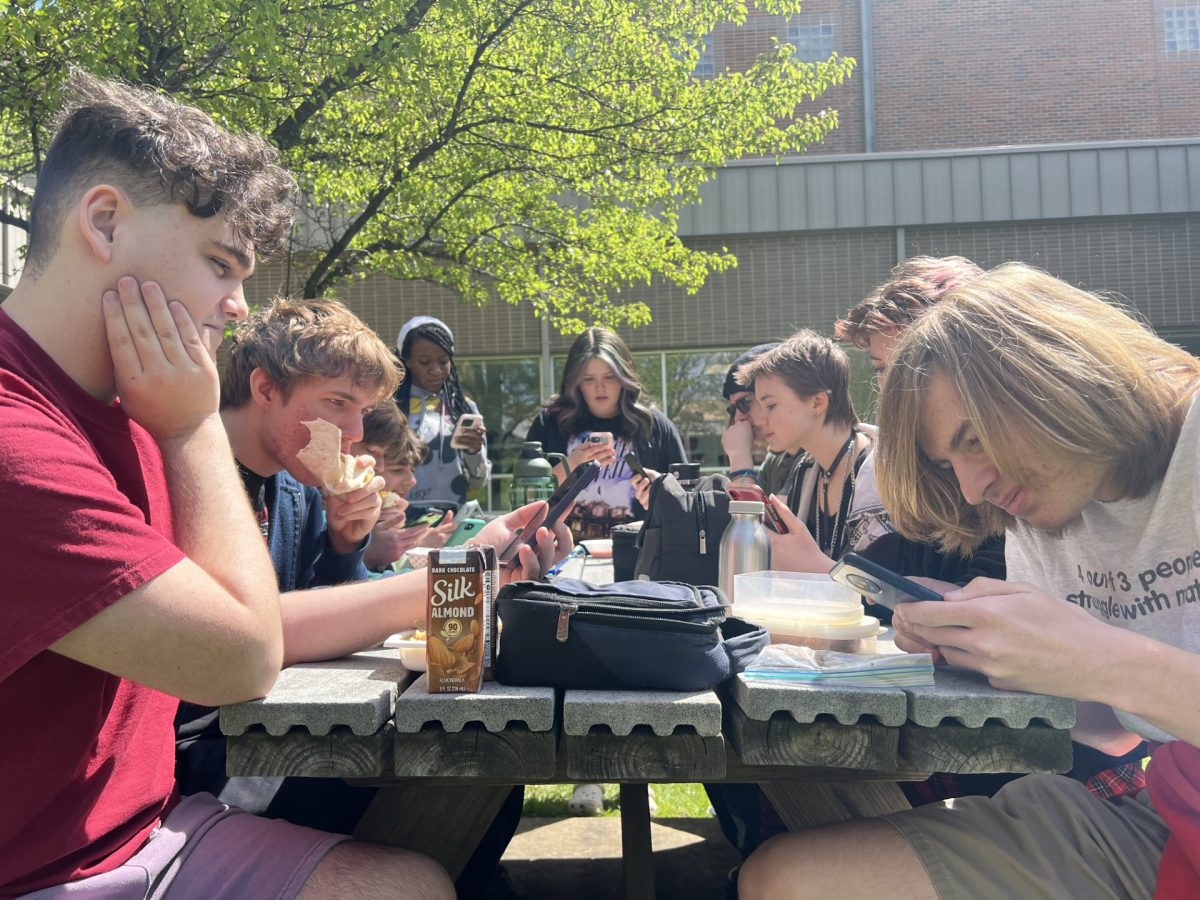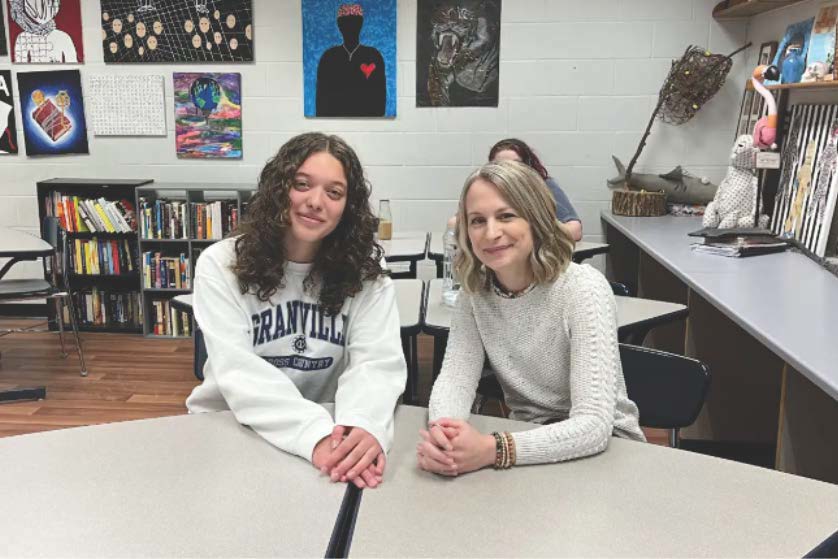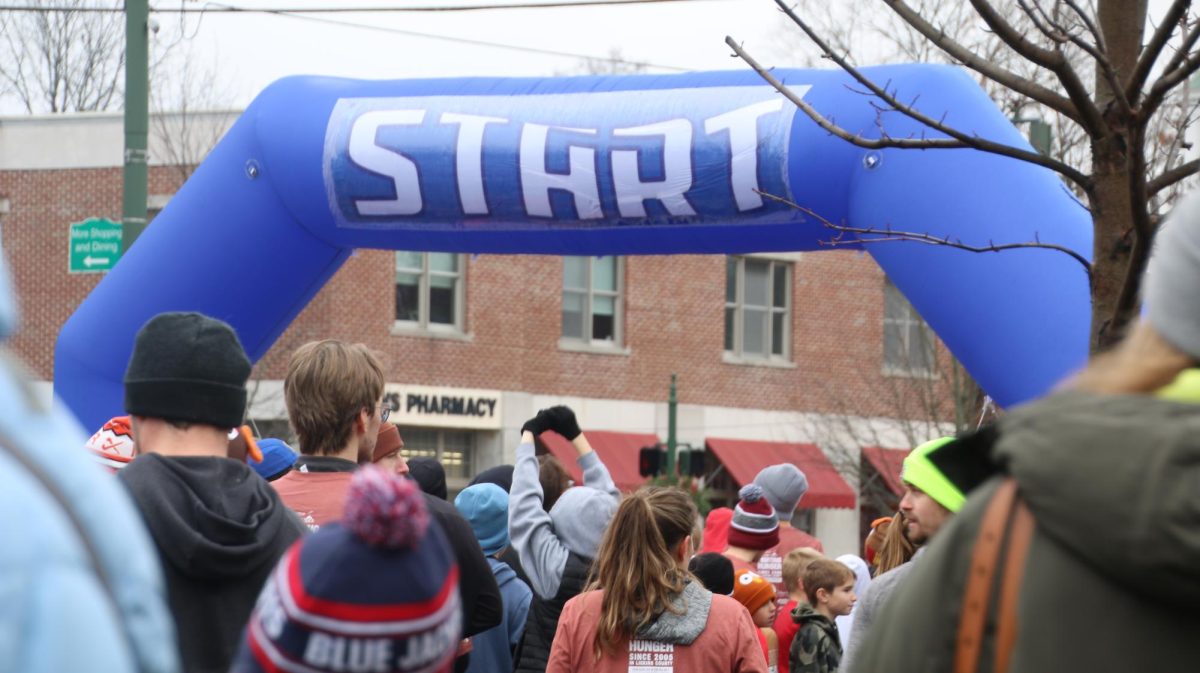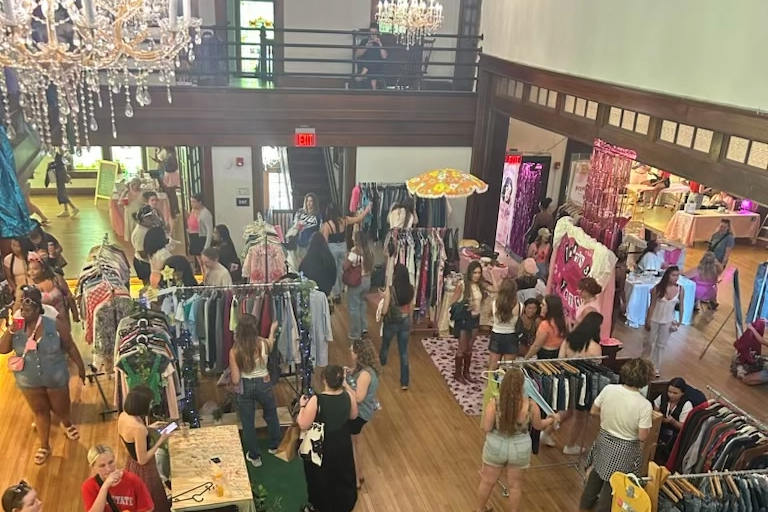Opinion: Local nursing homes on lockdown due to COVID-19
April 21, 2020
A global pandemic demands a global response. The world is forced to band together – each person making their own difference – to fight this life-threatening virus, COVID-19.
While many people are safely quarantined in their homes (and often bored to tears), there is a large segment of our population that is particularly vulnerable.
The elderly – 70 years old and older – face a mortality rate of nearly 10 percent, far higher than any other age group. When you consider that 20 percent of the 330 million U.S. residents are 70 or older, that’s a staggering figure.
It’s a segment of the population that young people may not relate to, but these are your grandparents and great grandparents.
Nursing homes and retirement communities all over the world, including here in central Ohio, have been forced to take drastic measures to save our loved ones during this crisis.
Well before Ohio Gov. Mike Dewine issued “stay at home” orders and put restrictions on healthcare facilities, local nursing homes were taking steps to protect their population.
One of the more radical steps, taken in mid-March, was to completely quarantine the facility, which required dedicated staff members to literally move into the facility for an indefinite amount of time. These workers, many of them in their early 20s, put their lives – and social lives – on hold to make residents their top priority.
Working at a local facility, I’ve seen first-hand the relationships that form between the staff members and the residents, as well as the residents’ families. It’s something special to witness.
Nursing assistants, dietary servers and activity directors take care of the residents and treat them like family. When a resident passes, we all feel it.
Assisted living and retirement communities are usually full of life and packed with cheerful people. Musical performances. Board games and bingo. Arts and craft projects. Exercise classes. They all bring smiles and add life to the place.
But nothing boosts spirits quite like visitors.
These days, family members can’t visit their mothers, fathers or grandparents because of fears that the virus might spread. If anybody with the virus enters the facility, it could put every person in the building at risk.
So we adapt. Family members have continued to visit, just in a new way.
The staff has helped residents visit their families in a new way, the families show up at the front door ringing the doorbell and waiting for their family. The staff helps the residents to the windows and from there the residents can spend time with their families in a different way.
Staff as become creative in making relationships between the residents and their families interesting and “normal”
As this falls right around Easter, the staff has created an easter parade where the family members can decorate the cars and make festive signs. Residents all by the windows and watch their families cars dressed up and eating an Easter dinner together.
Family members have continued to visit just in a new way. Visiting through the window has become the only way to visit their family members for the residents and the staff.
The hard workers in these facilities are making the lives of the residents as full as possible and are orchestrating many activities throughout the day for the residents.
These facilities have also brought the community together and have gotten many donations from restaurants and family members. Many family members have had carry out from local restaurants delivered as well as dropping off many baked goods and other items for the residents.
Although there has been amazing support and response towards the elderly population, there needs to be the same amount of attention in everyday life.
The elderly have always been a precious and vulnerable population and the healthcare providers put in hard work daily, emotionally and physically. Although the pandemic puts them at greater risk, the respect and awareness given to the elderly needs to be consistent after the pandemic.
The elder population is a valuable population which is most vulnerable and needs to be protected at all costs. The committed workers are putting their lives on hold to help their extended family during such an uncertain time.
During this unprecedented time, everyone is in new territory and struggling through this together and to prioritize staying connected to loved ones.









































